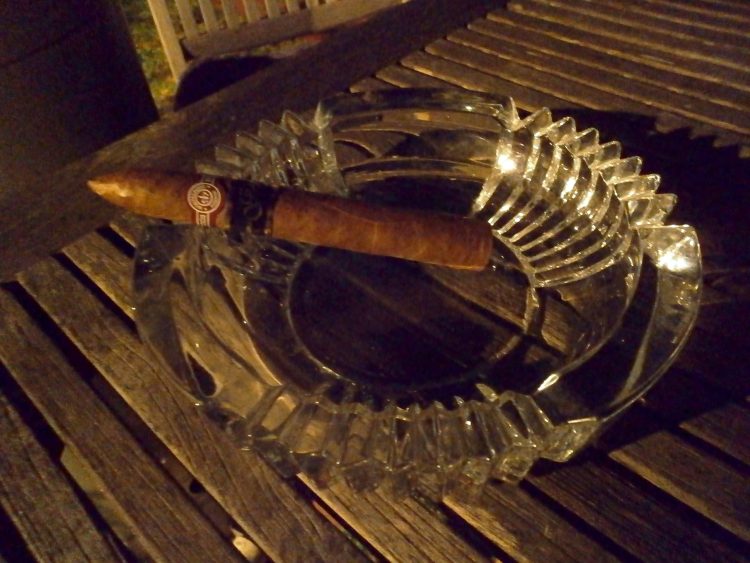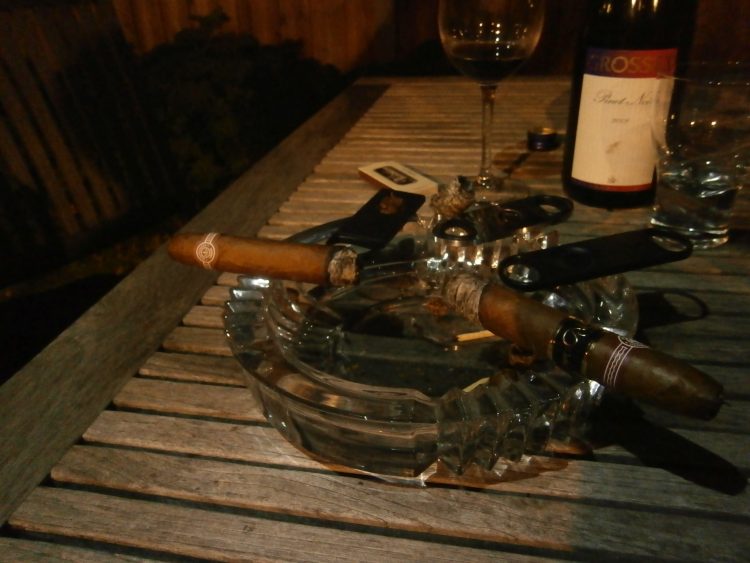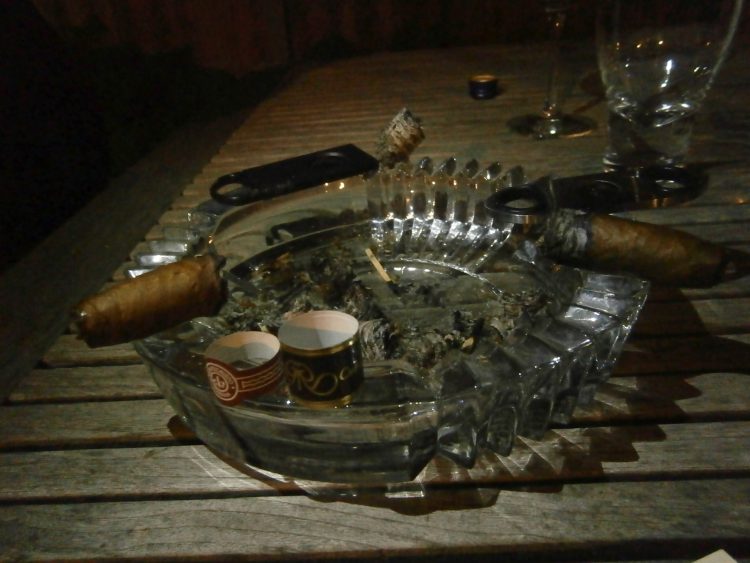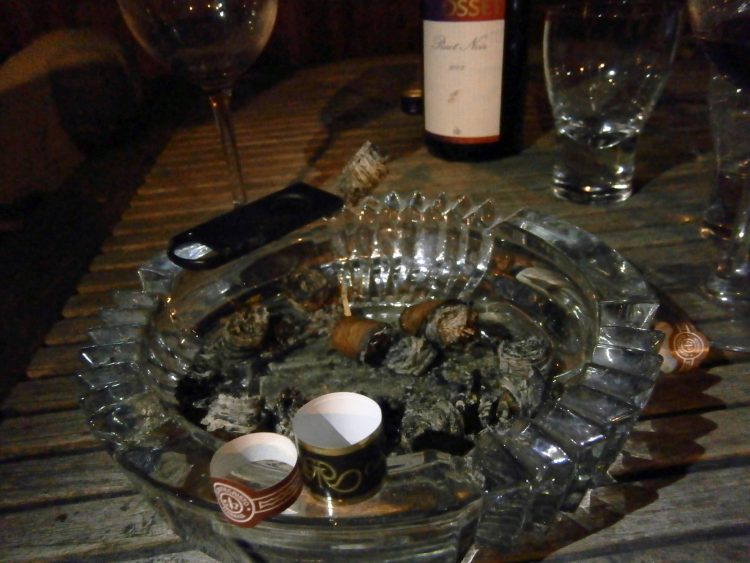When a stranger first learns that I am the proprietor of the world’s leading resource for collectors of Cuban cigars,* they quickly probe the economics of the thing.
“Do you get paid?” They ask.
“No, not really. A donation here and there. It doesn’t cover the cost.”
“So you must love it.”
“Well, cigars, sure, but there’s not too much love to be had in website administration.”
“Then why do you do it?”
“Well, mostly because it opens a lot of interesting doors.”
Today I am in Hong Kong, and the door that has opened leads to a private smoking lounge. I am a guest of the owner, with whom I had exchanged perhaps 150 words of email before he suggested I stop by next time I was in town. I should think of his humidor, he told me, as my humidor. He said he had “some good stuff.”
He wasn’t wrong. After a brief tour of the club, he opened the door to the walk-in, and told me to pick out anything I liked. The spread on offer contained fully two per cent of the world’s supply of original Behikes, along with a 1492 humidor, and most any other Cuban treasure one would care to name. Respectful of my host, I didn’t want to reach for either the top or bottom shelf, and finally settled on the Partagás Lusitanias Gran Reserva Cosecha 2007: a $150 cigar, but humble in this company.
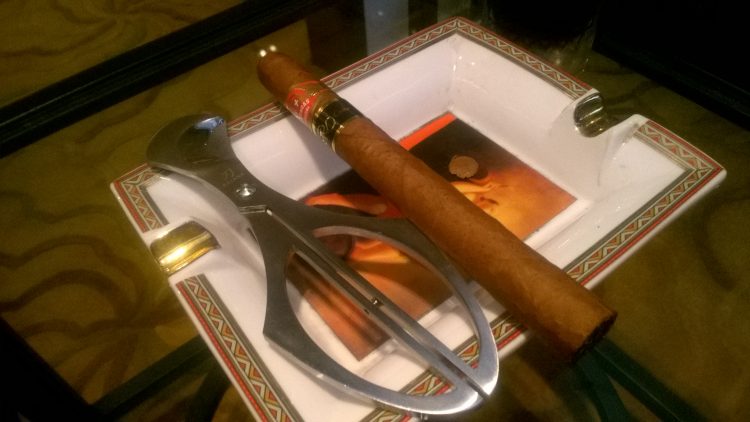
As you’d expect from one wearing the GR band, the cigar is perfectly constructed, and once a pair of hand-beaten Japanese cigar shears has circumcised the cap, the draw is a perfect Cuban. Lit, there are notes of medium tobacco of the highest quality, with yeasty bread up front and chocolate out the back. There is a little woodsmoke. Chocolate chip damper.
Another door opened in 2012 when Nic Wing first reached out to me. At the time he was working as a publicist for a cigar store in London, but on the side he was putting together a walking tour of the local “historical cigar sites.” He wondered if I wouldn’t mind putting a link to his tour somewhere on my website. Ever a jealous guardian of my SEO juice, I replied thanking him for his email, and asked after some mutual acquaintances, but ignored his request. We exchanged gossip for a few weeks, and he promised to send me some pictures of some fancy old bands, but never did, and eventually the thread dropped off.
I suppose he forgot the exchange, because in 2015 when he emailed me next, he reintroduced himself. By this time though, he was well known to me. I’ve always dreamed of being Hugh Hefner in 1957, the slick magazine publisher in the sharp suit, smoking cigarettes and drinking whisky over next month’s layout book. Nic evidentially shared that dream, and unlike me, he had done something to actualize it. He had started a magazine earlier that year, and it was doing well with the aficionado set. UK Cigar Scene was a good read, with interviews, reviews and gossip, and wasn’t swamped by puff pieces for the non-Cuban advertisers like every other cigar periodical. (My version would have included fiction, hard-hitting investigative journalism, and a centrefold, but you can’t have everything).
Nic wanted to do a piece about Cuban Cigar Website, and in service of that we exchanged emails regularly for a few months. I even suggested at one point that perhaps he’d like to reprint the odd Dusky Beauty in his magazine – a proposition he politely ignored.
Six months after my piece ran, UK Cigar Scene quietly stopped releasing new issues, and four months after that I learned that Nic had died, the loser in a short fight with the dragon cancer, at the age of 58.
We think of the internet as a gorgon that never forgets, and in a sense that’s true. If you know what you’re looking for, there are archive websites that still host the most bestial of my teenage slash fiction. In any practical sense though, the internet forgets you the minute you stop paying the bill. For Nic, the domain of his magazine now hosts a vape blog, no doubt bought cheap by a Chinese store looking to exploit the SEO juice of Nic’s hard-won link exchanges. His walking tour, which existed only behind a paywall that archive websites could not breach, is down, and presumably lost forever.
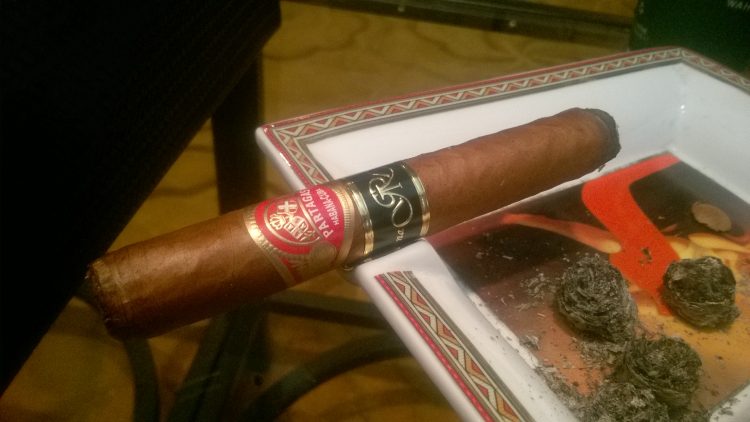
Most notable about the Lusitania is the smoke, heavy and blue, which curls from the lip. It’s a good cigar for blowing smoke rings. Halfway through, the tobacco has mellowed a little and coffee notes dominate the foretaste. The chocolate is still around, as is the yeast, but best of all is that there is something of the lactic note familiar from the very best of the Partagás Aniversarios in the back palate.
When Simon Chase first reached out to me in 2014, he gave a humble introduction: “I don’t know if my name means anything to you” he wrote, “but I’ve been kicking around the Havana trade for a few decades.”
Of course I knew him. Simon was the author of some of the best books on the minutiae of Cuban cigars, and countless column inches. He was the closest thing we ever had to an investigative journalist; when something took his interest, he would probe the archives held in the deepest vaults of the UK importers, and fly to Havana to interview the Cubans, and eventually produce a treatise, well written and funny, and usually presenting facts that differed vastly from the common mythos. Over the years we went back and forth many times, him reaching out to me to correct some error on the site, and I to him to ask a question, the answers to which he would seek out like a terrier, coming back with an essay as well written and researched as any of his columns.
Of all the ghosts of the internet, these strangers that appear in my inbox with a few words about a shared hobby, Simon was one of the ones that I was fondest of. He died this March, aged 74, after a long walk with the self-same dragon.
Simon won’t be soon forgotten. For one, he was published in enough different places that a great many sites must go under to erase his oeuvre, and for another because he had more than one book in print, and widely circulated in the cigar world; dusty tombs for some young smoker to find when cleaning out his grandfather’s library. What is lost though, is his brain, which held uncountable titbits of cigar ephemera, and his letters, of which I’m sure I hold only the smallest fraction.
Cigar smoking is a hobby that attracts the gourmand. I know of few aficionados for whom tobacco is their only vice, and many who are just as enthusiastic about wine, rum, whiskey, brandy, cocktails and obscure French liqueurs. We also like Papuan coffee, roasted just right, with only the finest Swiss chocolates on the corner of a saucer, and Iberian suckling pigs in truffle sauce, and slow roasted goose, and bone-in rib eye steaks, and day smoked brisket, and house-made sausage, and much other decadence besides. Best of all, we like it when all these things are served at once.
At any cigar function I am the youngest by twenty years, and the lightest by thirty kilograms, and yet even I have regularly thrown up blood from excess for most of my adult life. Nic and Simon are just the most famous of my internet friends; when the others succumb, will I even learn their fates? Or will the emails one day simply cease? There are plenty of old correspondents who I haven’t heard from in a while… perhaps already they are lost.
And of course, myself. There will sometime come the day when my own sent box sees its last new message. What then?
To the cigar aficionado of tomorrow I have one request – put a watch on my domains, and if they ever expire, pick them up. If you can’t restore the sites, put up something of your own, or a simple tribute, or even leave them blank. Just as long as my hard won Page Authority doesn’t wind up going to some vape store.
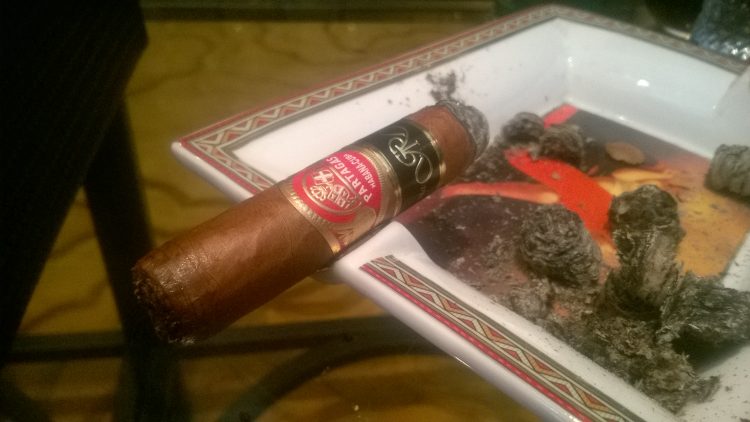
The Partagás Lusitanias Gran Reserva Cosecha 2007 ends beautifully, not bitter for one instant, with notes of leather and freshly turned earth. The logic with the Gran Reservas is that they are a regular production cigar in its very best expression; I’ve not smoked enough Lusitanias to really comment, but if they can be this good then I’ll be reaching for them more often in the future. One thing I can say that it is unmistakably a Partagás. It doesn’t quite reach the heights of the Anniversaries, which remain among the best cigars I’ve ever had in this life, but it isn’t too far away, and is a truckload better than a PSD4.
*I refer, of course, to www.cubancigarwebsite.com, not The Harem, which deserves the antithetic title.
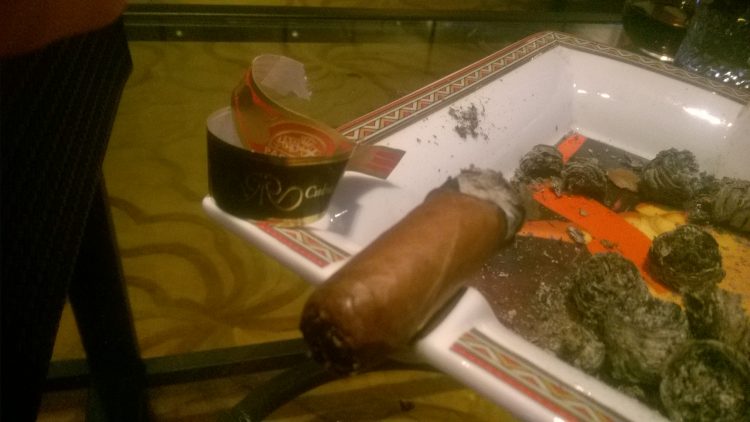
Partagás Lusitanias Gran Reserva Cosecha 2007 on the Cuban Cigar Website.
